Flight operations
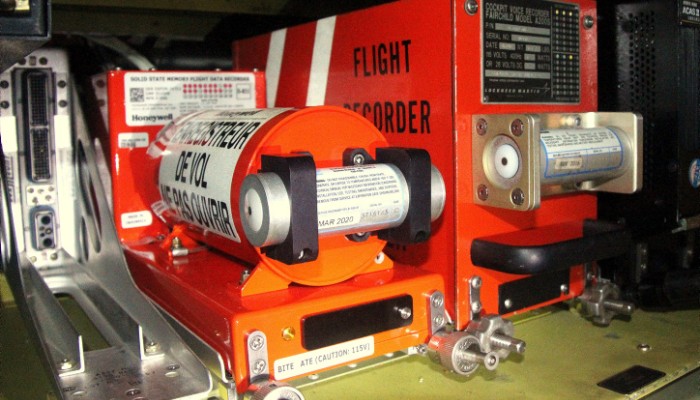
January 2025
Global aeronautical distress and safety systems
In progress
We will look to enhance the global aeronautical aircraft in distress framework to incorporate appropriate international standards.
Deliverables
- Draft and consultation on changes to MOS through 2025.
- Timing of changes with industry to be discussed.

October 2025
Rationalise pilot licensing exemptions for general aviation
Not started
We will undertake a scoping activity to rationalise current exemptions related to general aviation.
Deliverables
- A review of exemptions will be undertaken to further reduce regulatory burden while maintaining safety standards, especially for smaller or non-commercial operators.
Emerging technologies and future opportunities

January 2025
Standards for remotely piloted aircraft (RPAS)
In progress
We will consider amendments to Part 101 to reduce regulatory burden and reflect contemporary safety risks for the RPAS industry.
Deliverables
- MOS amendments through 2025 to bring benefits to industry.
- Regulation changes late 2025-26.
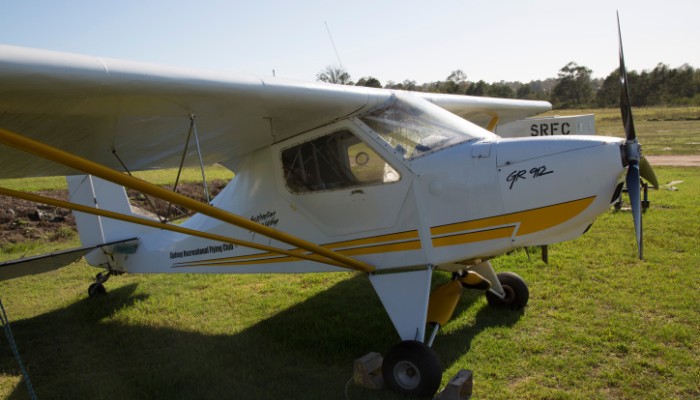
July 2025
Certification of light sport aircraft (MOSAIC) Modernization of Special Airworthiness Certificates
Not started
We will investigate MOSAIC for the Australian environment in collaboration with industry.
Deliverables
- Review the FAA implementation of MOSAIC and identify possible opportunities for future Australian regulatory changes.
Broader initiatives
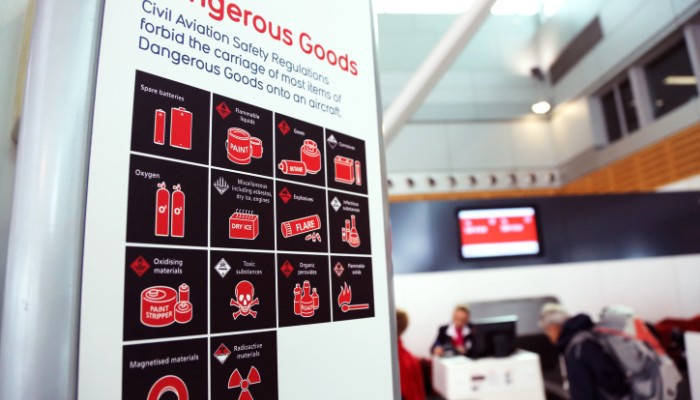
January 2025
Amendment to dangerous goods regulations
In progress
We will amend dangerous goods regulations (Part 92) to address identified deficiencies and simplify the existing legislation.
Deliverables
- Regulation drafting and industry consultation 2026.
- Implementation 2026.
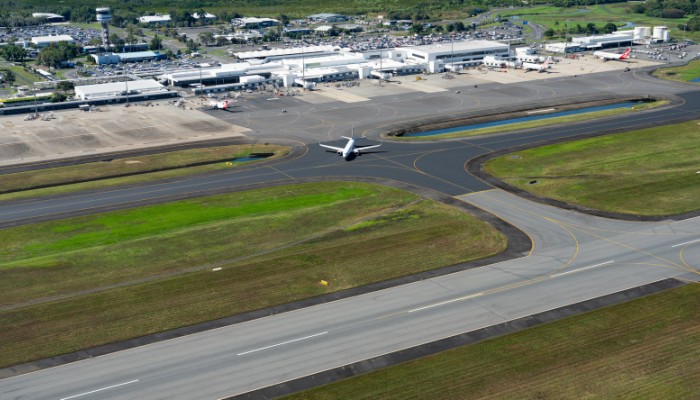
January 2025
Update aerodrome standards
In progress
We will update aerodrome standards to provide clearer guidance to industry on operating boundaries and reduce regulatory burden and costs on operators.
Deliverables
- Target MOS implementation June 2025 to serve November 2025 OLS implementation.
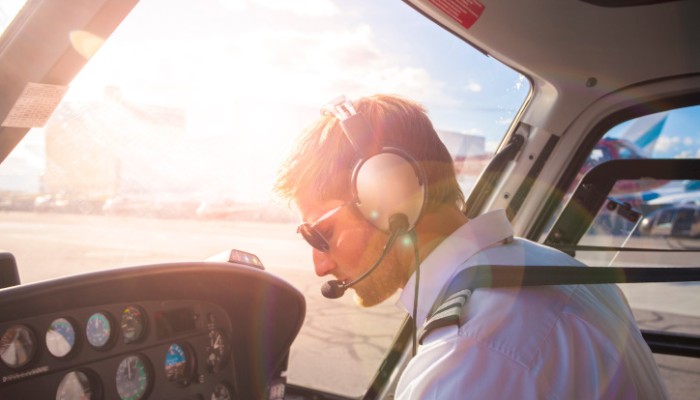
January 2025
Improve fatigue management rules
Not started
We will review Civil Aviation Order (CAO) 48.1 to identify continuous improvement opportunities for flight crew. We will then consider policy options for cabin crew fatigue rules.
Deliverables
- Post implementation review on pilot fatigue 2025.
- Industry consultation and improvements to CAO 48.1 in 2025-26.
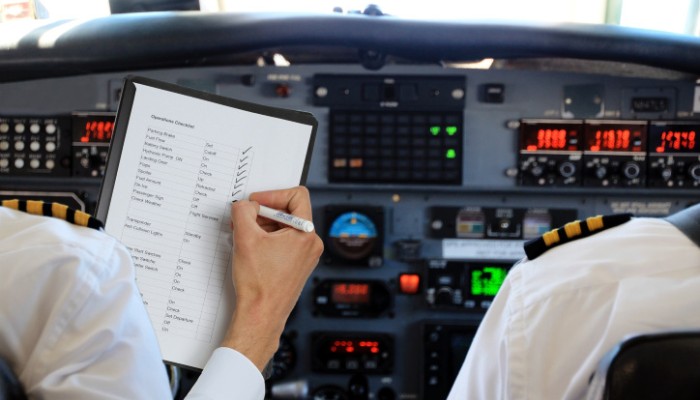
January 2025
Safety management systems
In progress
We will initiate development for a single source of safety management requirements, establishing a more consistent and less complex ruleset.
Deliverables
- Policy development and consultation 2025.
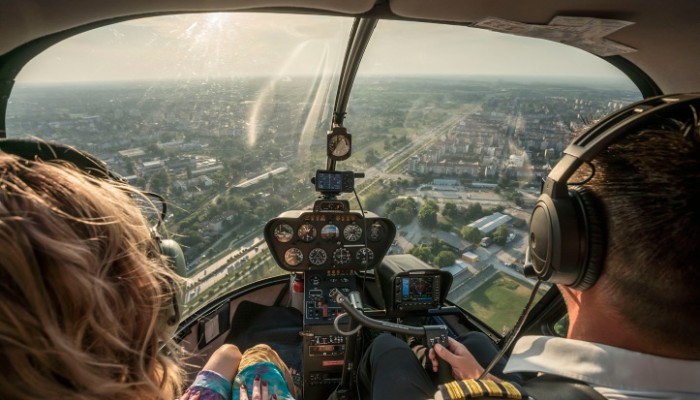
October 2025
Flight crew licensing review
In progress
Identify key GA elements of Part 61 for review against original policy intentions.
Deliverables
- Undertake a scoping activity to determine deliverable phases and to plan likely timeframes for a phased approach to the review.
Operations

January 2025
OP9a: Develop guidance on the operational approval requirements for AAM operations (pilot on board)
Not started
Develop guidance and pathways for operational approval for pilot on board AAM operations with a focus on aviation safety through efficient processes.
Principle: Risk and outcome-based.
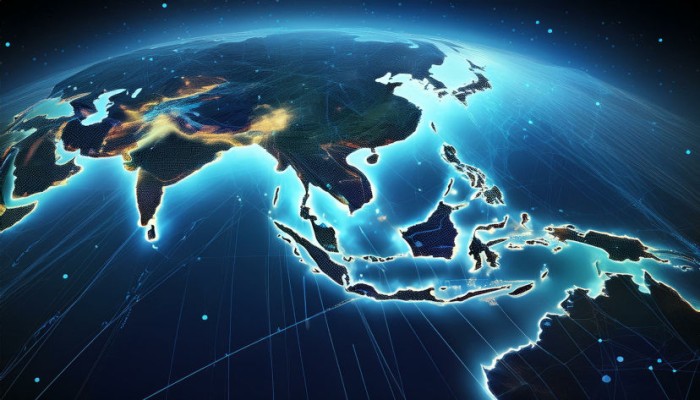
July 2025
OP10: Develop standards for international RPAS operations
Not started
Develop standards for international RPAS operations that align to ICAO standards and recommended practices. This will ensure harmonisation internationally for RPAS operations.
Principle: Progressive and internationally aligned.
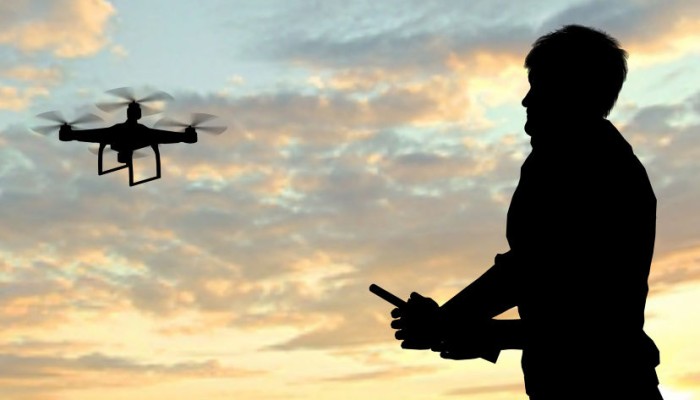
July 2025
OP11: Develop SMS and human factor policies for RPAS that are relative to risk and complexity
Not started
Develop safety management system (SMS) and human factors policies relative to the risks and complexity of RPAS operations.
Principle: Risk and outcome-based.
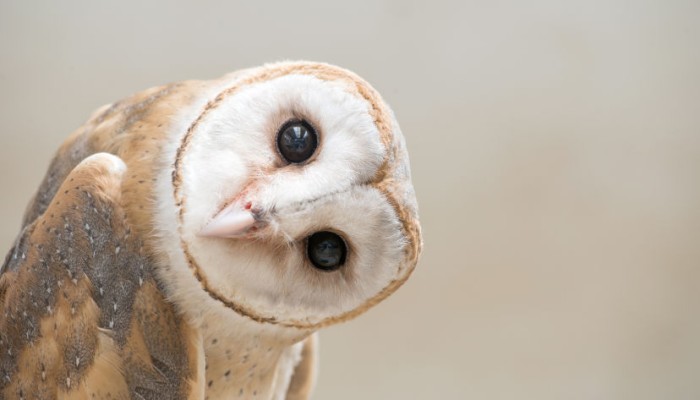
January 2026
OP15: Consider alternative methods of regulatory oversight, including possible use of self-administering organisations
Not started
Review appropriateness of regulatory oversight as operational activity profiles develop and mature over time. This could include third-party authorisations or the establishment of self-administering organisations.
Principle: Risk and outcome-based.

January 2027
OP12: Streamline processes for the approval of SMS for RPAS and AAM operators
Not started
Review and, if needed, develop and streamline SMS assessment and approval processes to improve efficiency and make sure requirements are relative to risk.
Principle: Risk and outcome-based.
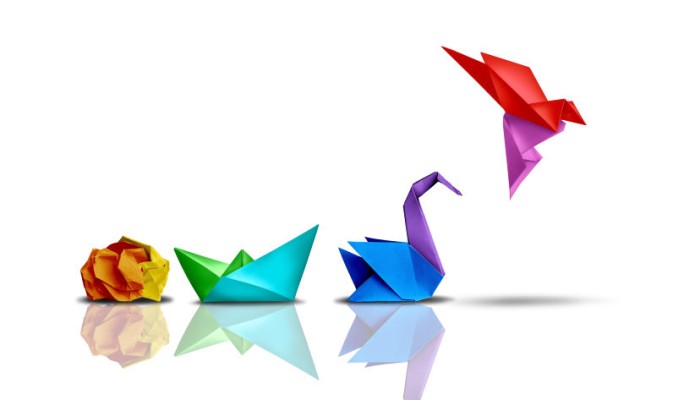
January 2027
OP14a: Implement changes required to support operational requirements for AAM
Not started
Implement the necessary changes required to support the introduction of AAM operations to ensure that evolving standards and practices effectively enhance aviation safety.
Principle: Risk and outcome-based.
Aircraft and aircraft systems
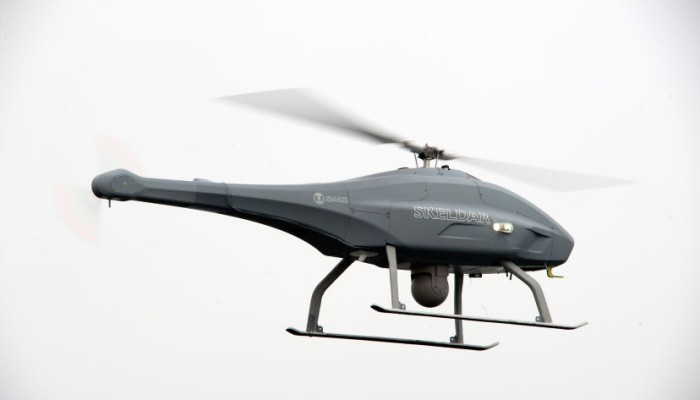
February 2025
AA4a: Publish a policy position for the airworthiness certification of RPAS
Not started
Review and develop airworthiness regulatory pathways for higher-risk RPAS, to support expected platforms and their safe and efficient operations.
Principle: Adaptive and scalable.
Consultation Open 21 October 2025 -
We are seeking feedback on proposed amendments to the current requirements for airworthiness certification of large Remotely Piloted Aircraft (RPA).
This action is part of the RPAS and AAM Strategic Regulatory Roadmap.
The proposed amendment would provide flexibility in 2 areas:
- The types of certificates of airworthiness that may be used for operations of large RPA
- The circumstances where a certificate of airworthiness may not be required for operations of large RPA.
Submit your feedback by 21 November 2025 via our Consultation Hub.
Regulation amendments -
We are preparing amendments to the Part 101 regulations and MOS. These amendments will provide more flexibility for airworthiness certification of large RPA. We expect the proposed changes to be ready for public consultation by the end of 2025. It is important to note that this process depends on resources outside of CASA control, but we aim for the regulation to be made in the first half of 2026.
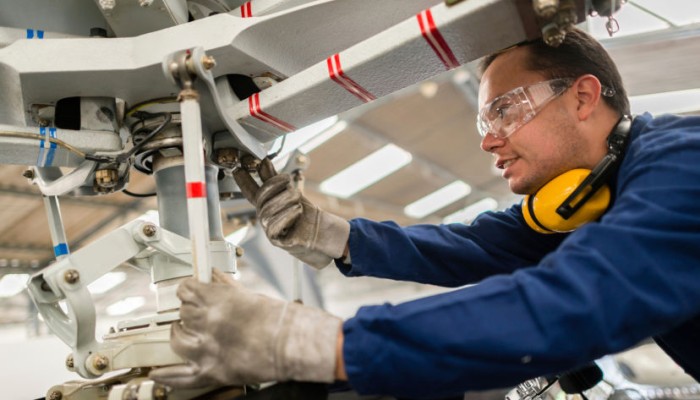
October 2025
AA3: Progress the development of a fit for purpose continuing airworthiness policy for AAM
Not started
Progress the development of a fit-for-purpose continuing airworthiness policy and regulatory pathways. Adopt a proportional approach to AAM maintenance, maintenance personnel licensing, and continuing airworthiness management policies.
Principle: Risk and outcome-based.
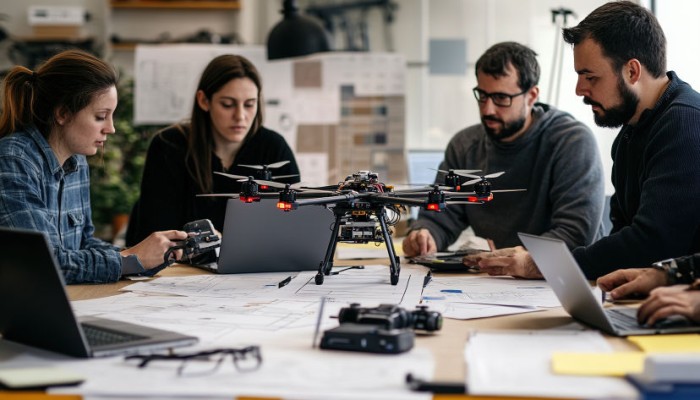
October 2025
AA6: Publish guidance on the evidence required for RPAS airworthiness and operational safety goals
In progress
Work with original equipment manufacturers (OEMs) and operators to develop procedures and guidance for medium risk RPAS airworthiness. Improve existing regulatory pathways to allow a risk-based approach to RPAS operations.
Principle: Risk and outcome-based.
Priority task -
We have identified this as a priority task, and we have started working on it. We plan to deliver guidance progressively between now and Q2 2026.
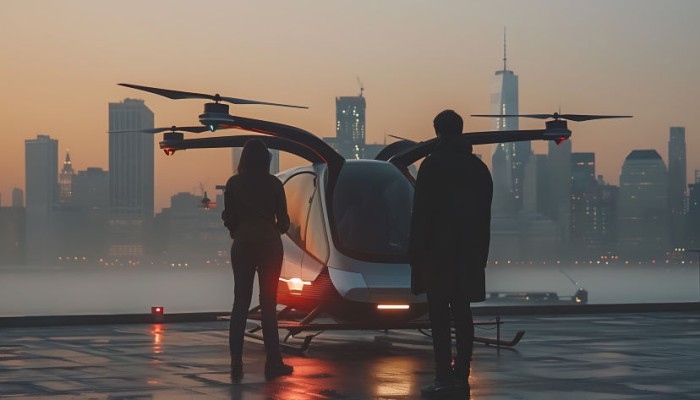
February 2026
AA2c: Publish acceptable means of compliance for certification of piloted AAM
Not started
Identify published standards from standards organisations that applicants may use to show compliance with applicable airworthiness requirements. This will need us to work with international regulatory authorities to harmonise as piloted AAM needs mature.
Principle: Progressive and internationally aligned.
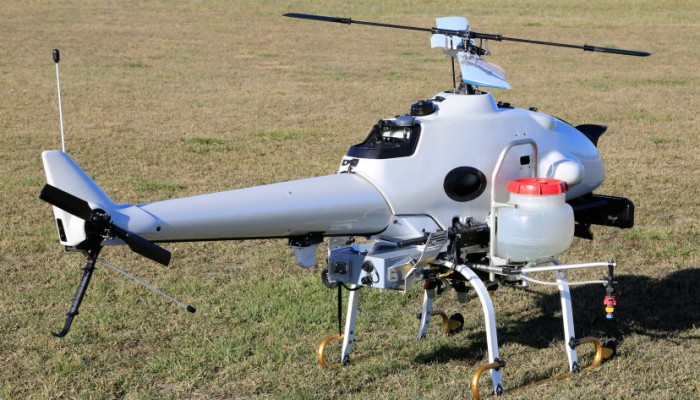
March 2026
AA4b: Publish airworthiness criteria and certification guidance for RPAS
Not started
Work with international regulatory authorities to harmonise guidance on airworthiness criteria for certified RPAS.
Principle: Progressive and internationally aligned.
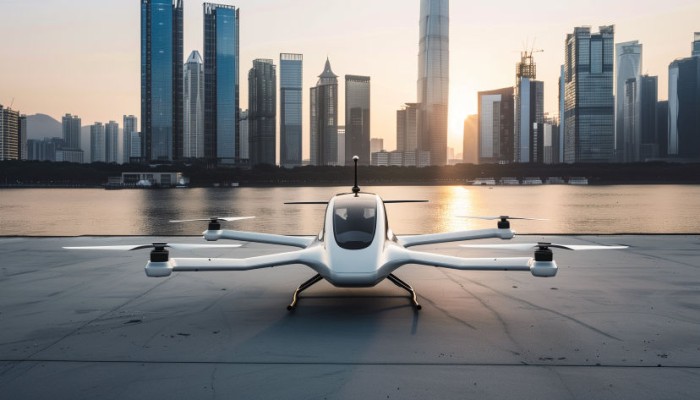
July 2026
AA7a: Develop a policy position for the airworthiness certification of remotely piloted AAM
Not started
Work with international regulatory authorities to develop a harmonised policy for the remote piloted operation of AAM aircraft.
Principle: Progressive and internationally aligned.
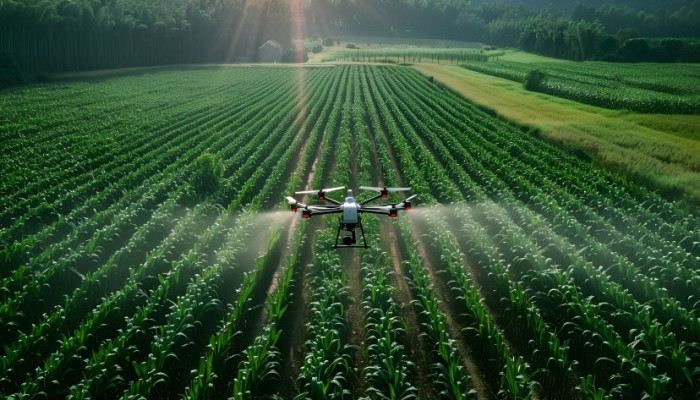
July 2026
AA8: Develop a policy position for automation and autonomy in AAM and RPAS
Not started
Work with international regulatory authorities to develop a policy for highly automated and autonomous systems in AAM and RPAS.
Principle: Progressive and internationally aligned.
Improving pilot licensing rules
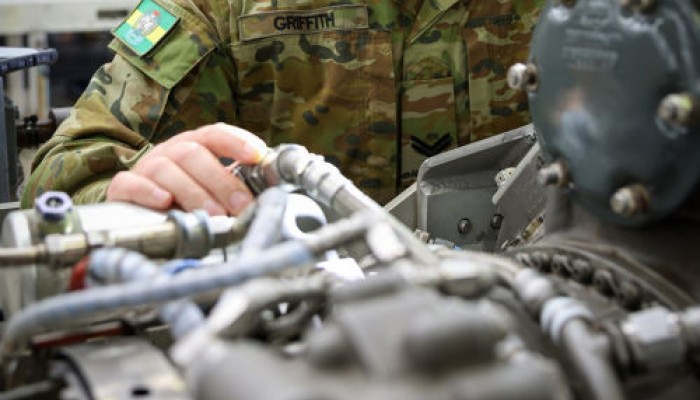
April 2025
Recognition of military qualifications
In progress
We will continue to work with Defence on pathways for recognition of military qualifications for pilots and Licenced Aircraft Maintenance Engineers (LAME).
Deliverables
- We will consider a recognition approach for Defence technical staff responsible for maintenance of communications, navigation and surveillance infrastructure
- We will review pilot and pilot instructor recognition
- We will consider recognition of Defence maintenance authorisations for LAME licensing
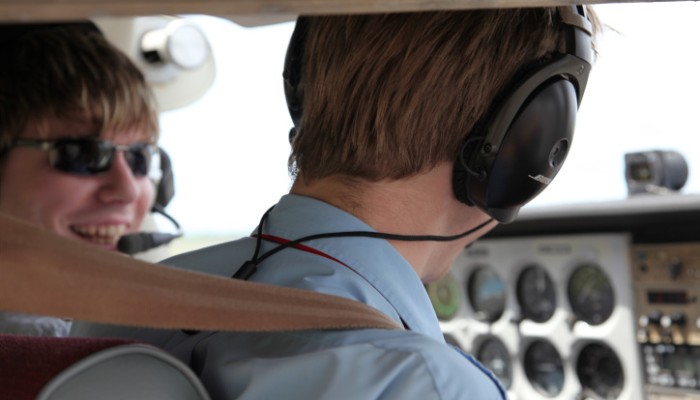
April 2025
Streamline flight examiner rating approvals
Not started
Current approaches to flight examiner rating approvals may not be flexible enough for the range of aviation operations. We aim to streamline efficiency by considering the size, complexity and compliance of operations.
Deliverables
- Undertake a scoping exercise to determine and define timeframes for a phased approach to delivery

October 2025
Rationalise pilot licensing exemptions for general aviation
Not started
We will undertake a scoping activity to rationalise current exemptions related to general aviation.
Deliverables
- A review of exemptions will be undertaken to further reduce regulatory burden while maintaining safety standards, especially for smaller or non-commercial operators.

October 2025
Aerial application review
Not started
Review fire-bombing requirements under the helicopter low-level rating, alongside broader enhancements to low-level and aerial application operations.
Deliverables
- Undertake a scoping activity to determine deliverable phases and to plan likely timeframes for a phased approach for delivery.
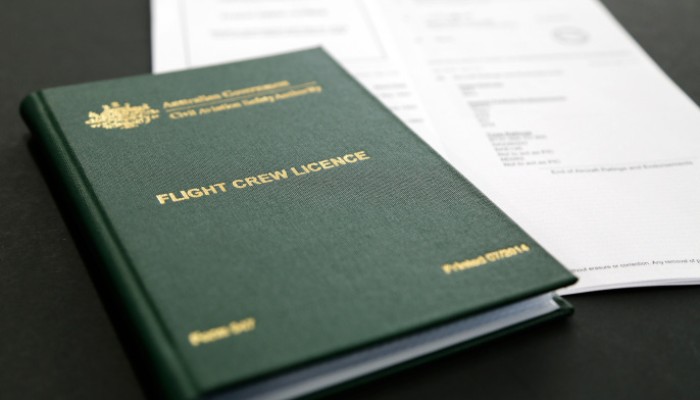
October 2025
Flight crew licensing review
Not started
Identify key GA elements of Part 61 for review against original policy intentions.
Deliverables
- We will undertake a scoping activity to determine deliverable phases and to plan likely timeframes for a phased approach to the review.
Airworthiness and maintenance

April 2025
Recognition of military qualifications
In progress
We will continue to work with Defence on pathways for recognition of military qualifications for pilots and Licenced Aircraft Maintenance Engineers (LAME).
Deliverables
- We will consider a recognition approach for Defence technical staff responsible for maintenance of communications, navigation and surveillance infrastructure
- We will review pilot and pilot instructor recognition
- We will consider recognition of Defence maintenance authorisations for LAME licensing
Simplifying health arrangements

April 2025
Class 4 medical progression
In progress
Progress development of a Class 4 medical certificate assessed and certified by specialist general practitioners.
Deliverables
- A comprehensive post-implementation review (PIR) of the Class 5 self-declared policy will be an opportunity to review and consider the effectiveness of the policy. The PIR will also inform the development of the proposed Class 4 medical certificate
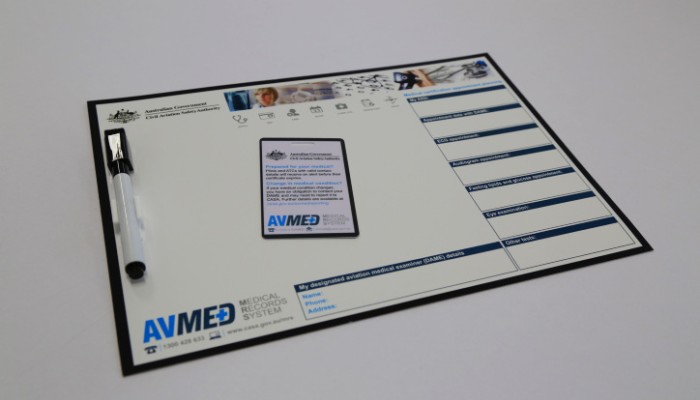
July 2025
Enhance Designated Aviation Medical Examiners (DAME) 2 system
Not started
Upskill and support Designated Aviation Medical Examiners (DAMEs). Further enhance the Medical Records System (MRS).
Deliverables
- Implement further enhancements to the Medical Records System (MRS) and implement audit findings.
Further continuous improvement for general aviation

April 2025
Public benefit flying
In progress
Review arrangements for community service flights, charitable flights and other forms of public benefit flying.
Deliverables
- Codify arrangements for existing community service flights to be conducted as private flights.
- Codify arrangements for certain flights conducted for charitable purposes to be conducted as private flights.
- Scope whether further public benefit flights should be conducted as private flights.
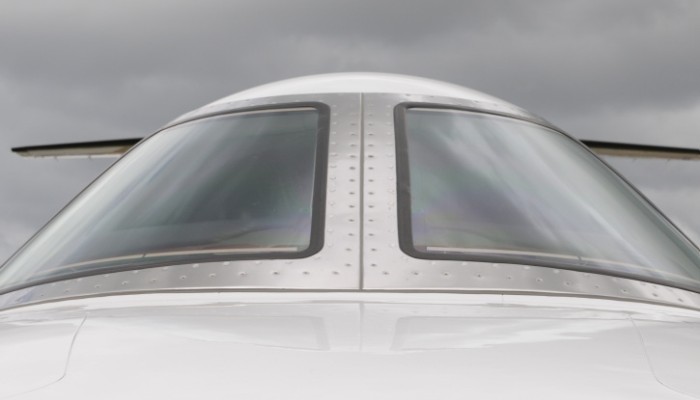
July 2025
Reduced Vertical Separation Minimum (RVSM) approvals
Not started
Update guidance materials for obtaining an RVSM approval.
Deliverables
- Updated guidance materials.
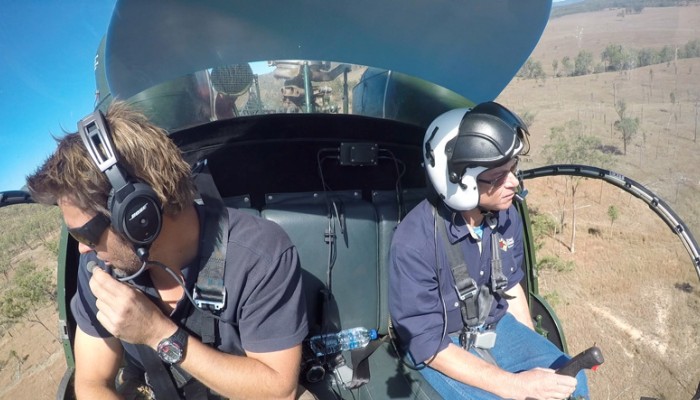
July 2025
Limited aerial work underpinning policy
Not started
Determine if certain aerial work operations should be subject to reduced regulatory oversight.
Deliverables
- Initial policy proposal.

October 2025
Flight training organisations conducting scenic flights
Not started
Update guidance materials to streamline a flight training organisation obtaining an AOC for scenic flights.
Deliverables
- Updated guidance materials.
Increasing sport and recreational opportunities

July 2025
Certification of light sport aircraft (MOSAIC) Modernization of Special Airworthiness Certificates
Not started
We will investigate MOSAIC for the Australian environment in collaboration with industry.
Deliverables
- Review the FAA implementation of MOSAIC and identify possible opportunities for future Australian regulatory changes.
People

October 2025
PE3: Commence implementation of standard training and licensing requirements for personnel involved in piloted passenger carrying AAM
Not started
Monitor international developments towards implementing harmonised requirements for AAM. This work needs to consider how aviation professionals transition their current licensing to new vehicles and technologies.
Principle: Progressive and internationally aligned.
Project scoping commenced -
CASA has approved the AAM aircraft pilot licensing project to establish the license and competency requirements.
The project plan is endorsed with the initial steps now underway. Industry engagement is planned to commence Q3 2026.
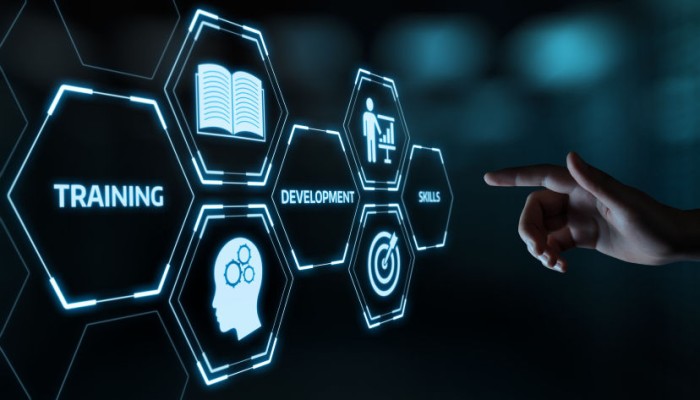
January 2026
PE5: Review training requirements for remote pilots conducting BVLOS operations in controlled airspace
Not started
Build on the BVLOS OCTA exam developed in 2023 to meet remote pilot training needs. Use operational maturity to inform the timing.
Principle: Safety first.

January 2026
PE6: Consider medical standards for RPAS and AAM operators
Not started
This activity and activation of work within ICAO will contribute to the development of medical standards for RPAS and AAM operators.
Principle: Progressive and internationally aligned.
Airspace and traffic management

January 2026
AM7a: Develop standards and capabilities to support the implementation of low flight-level traffic for RPAS
Not started
Develop standards and capabilities to support the implementation of low flight-level traffic management systems for RPAS. This includes exploring existing standards, international developments and Australian airspace needs while aligning with government safety initiatives.
Principle: Safety first.

July 2026
AM2b: Review flight rules against the future needs for AAM
Not started
Research how international flight rules for RPAS and AAM have been implemented and investigate how existing flight rules apply to RPAS and AAM in Australia. Review Australian flight rules considering the evolving needs of AAM, anticipating the need to align with operational maturity and technology advancements over time. Identify future changes required including conspicuity and equipage considerations.
Principle: Progressive and internationally aligned.

January 2027
AM9: Consider airspace requirements for vertiport operations
Not started
Consider airspace requirements to address demand and capacity needs for air traffic into and out of vertiports.
Principle: Adaptive and scalable.

January 2027
AM10a: Develop new RPAS segregation requirements to support and use improving technologies such as high levels of automation
Not started
Develop RPAS and AAM segregation requirements that leverage increasing levels of automation and emerging technologies in airspace management. These new requirements aim to enhance aviation safety and increase efficiency.
Principle: Safety first.

April 2027
AM4b: Initial implementation to ease identified risks and support AAM airspace integration
Not started
Commence implementation to mitigate identified risks and facilitate AAM airspace integration to assist broader acceptance by all airspace users.
Principle: Adaptive and scalable.
Infrastructure

January 2026
IN3: Develop guidance for infrastructure required to support research and development activities
Not started
Develop guidance in relation to the infrastructure needed to support automated flight and airspace flow between vertiports. The activity is also dependent on OEM requirements and operator concepts of operation.
Principle: Balanced and socially responsible.

July 2026
IN4: Develop certification requirements for infrastructure and infrastructure related equipment
Not started
Develop certification requirements for infrastructure and related equipment as demand increases to ensure safety, reliability, and compliance with regulatory standards. These requirements will give a clear framework for evaluating and approving aviation safety aspects of infrastructure necessary for safe RPAS and AAM operations.
Principle: Adaptive and scalable.

